The art of sugar boiling is a delicate dance between temperature control and crystallization, a process that has confectioners and chemists alike marveling at its complexity. From the brittle snap of hard candy to the creamy texture of fudge, the stage at which sugar syrup is heated determines not just the sweetness but the very structure of the final product. This interplay of heat and molecular arrangement is what separates a successful batch from a grainy, unappealing mess.
At its core, sugar crystallization is a game of patience and precision. When sucrose dissolves in water, it breaks down into its component molecules, glucose and fructose, creating a syrup that’s primed for transformation. As heat is applied, water evaporates, and the syrup’s concentration increases. The temperature climbs steadily, and with it, the syrup’s behavior shifts in predictable yet fascinating ways. Each degree matters, marking the difference between a soft, pliable consistency and a hard, glass-like finish.
The early stages of sugar boiling are deceptively simple. As the syrup heats to around 230°F (110°C), it reaches what’s known as the "thread stage." At this point, the syrup forms thin, delicate threads when dropped into cold water. This stage is ideal for syrups used in candied fruits or certain types of frosting. But the real magic—and the real challenge—begins as the temperature climbs higher. Between 235°F and 240°F (112°C to 116°C), the syrup enters the "soft-ball stage," where it can be rolled into a soft, malleable ball. This is the realm of fudges and caramels, where controlled crystallization is key to achieving that signature smoothness.
Push the temperature further, and the syrup undergoes a dramatic transformation. At 250°F to 266°F (121°C to 130°C), it reaches the "hard-ball stage," where the sugar forms a firm but still pliable ball. This is where marshmallows and nougats thrive, their textures relying on a precise balance of sugar crystals and air. Beyond this lies the "soft-crack stage" (270°F to 290°F or 132°C to 143°C), where the syrup hardens enough to crack when bent but still retains a bit of chewiness—think of butterscotch or taffy. Finally, at 300°F to 310°F (149°C to 154°C), the syrup hits the "hard-crack stage," producing the brittle, glass-like candies that shatter with a satisfying snap.
Controlling crystallization is where the science becomes an art. Left unchecked, sucrose molecules will naturally form large, coarse crystals, resulting in a grainy texture. To prevent this, confectioners often introduce interfering agents like corn syrup or cream of tartar, which disrupt crystal formation and promote a smoother consistency. The stirring technique also plays a crucial role; agitating the syrup at the wrong time can encourage unwanted crystallization, while a well-timed stir can ensure even heat distribution and prevent burning.
Temperature isn’t the only factor at play—humidity and altitude can dramatically alter the boiling process. At higher elevations, water boils at a lower temperature, meaning sugar syrups will take longer to reach their target stages. Humidity, on the other hand, can reintroduce moisture into the syrup, reversing the careful evaporation process and leading to sticky, unsatisfactory results. Master confectioners learn to adjust their methods based on these environmental variables, a testament to the nuanced nature of sugar work.
The final product’s texture hinges on the syrup’s cooling process as much as its heating. Rapid cooling, such as pouring hot syrup onto a cold marble slab, encourages the formation of smaller crystals, yielding a smoother mouthfeel. Slower cooling, by contrast, can lead to larger crystals and a grittier texture. This is why many recipes call for resting the syrup undisturbed for a brief period before working it further—a step that allows the sugar molecules to settle into the desired structure.
From the silky smoothness of a well-made caramel to the crystalline crunch of rock candy, the relationship between temperature and crystallization is what defines the world of sugar confections. It’s a process that demands both scientific understanding and artistic intuition, where a few degrees or a moment’s inattention can make or break the final product. For those willing to master its intricacies, the rewards are as sweet as the sugar itself.

By /Jul 14, 2025

By /Jul 14, 2025
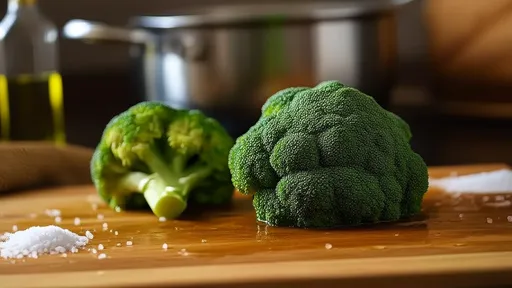
By /Jul 14, 2025
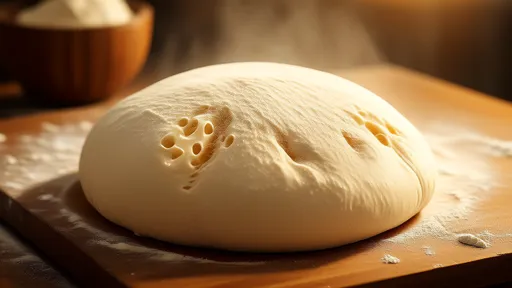
By /Jul 14, 2025
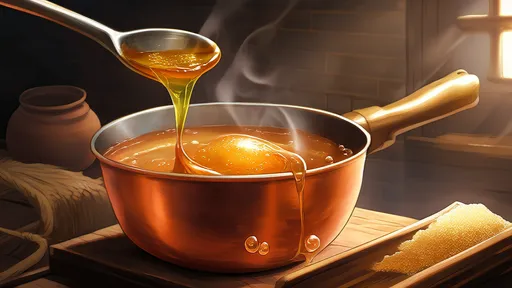
By /Jul 14, 2025

By /Jul 14, 2025
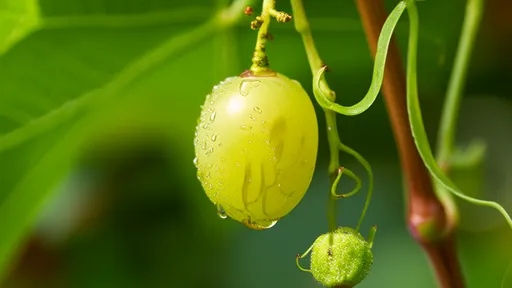
By /Jul 14, 2025
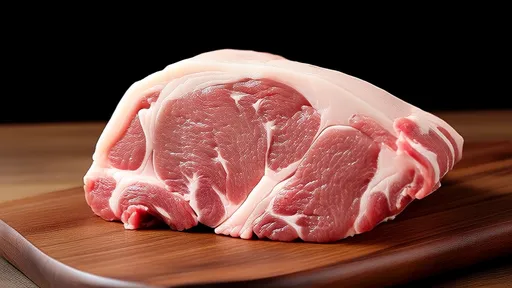
By /Jul 14, 2025
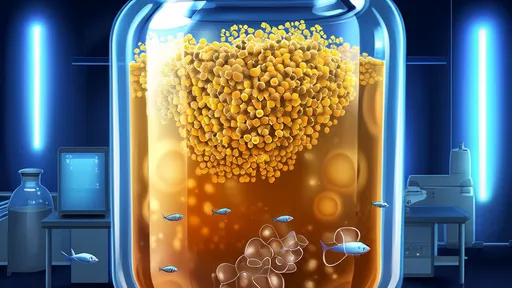
By /Jul 14, 2025
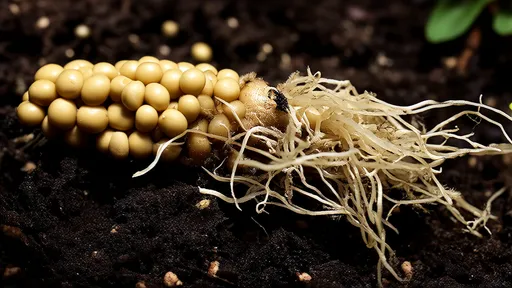
By /Jul 14, 2025
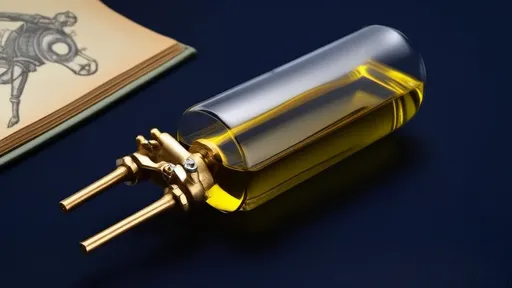
By /Jul 14, 2025
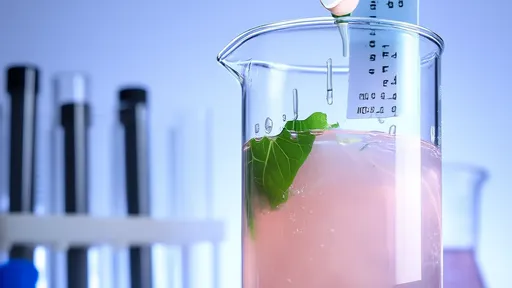
By /Jul 14, 2025
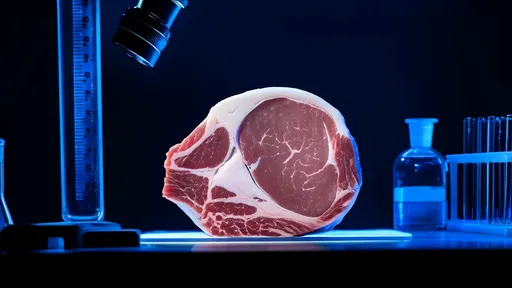
By /Jul 14, 2025

By /Jul 14, 2025
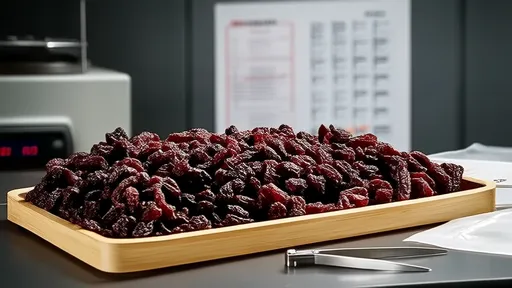
By /Jul 14, 2025
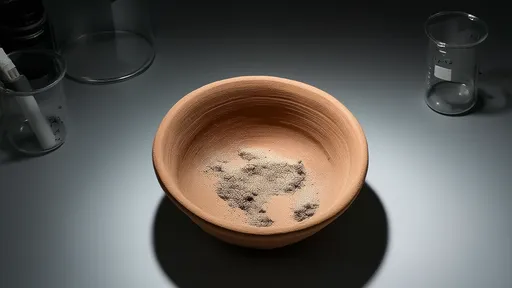
By /Jul 14, 2025
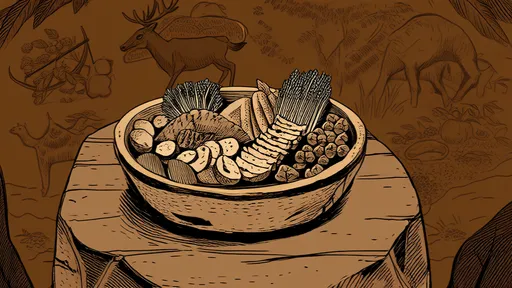
By /Jul 14, 2025
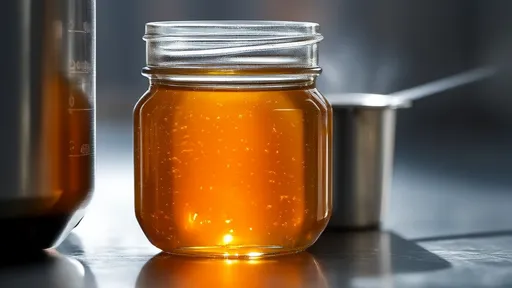
By /Jul 14, 2025